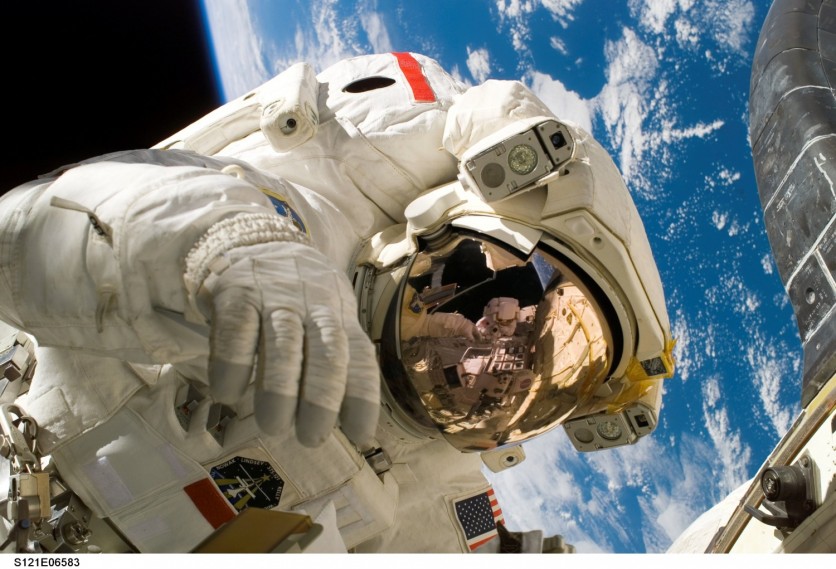Astronauts may experience harsh circumstances while traveling to the Moon, Mars, and other planets in space, which could lead to health problems.
NASA investigates how "model organisms," or other forms of life that are biologically comparable to humans, are affected by the effects of space, including changes in gravity, radiation, and more, in order to get ready for future long-duration space trips.
However, artificial gravity appears to offer some protection from these alterations, according to recent results from a study conducted on the International Space Station using fruit flies.

Health Risks of Microgravity
Dr. Janani Iyer, a Universities Space Research Association (USRA) project scientist at NASA's Ames Research Center in California's Silicon Valley, said that microgravity poses risks to the central nervous system, indicating that protective measures may be required for long-duration space travel.
"As we venture back to the Moon and on to Mars, reducing the harmful effects of microgravity will be key to keeping future explorers safe. This study is a step in the right direction to explore the protective effects of artificial gravity in space and to understand the adaptation to Earth conditions after returning from space," Iyer said in a press release of NASA.
The space agency said that fruit flies are the appropriate organism for this type of research because of their shared evolutionary history with humans, and their cellular and molecular mechanisms are similar.
Fruit flies and humans share over 75% of the genes that lead to disease. Hence, the more we understand fruit flies, the more data scientists have to look into how the space environment can affect human health.
Flies live for only approximately two months and can breed in just two weeks. Scientists can learn more about their biology in a shorter amount of time thanks to the three weeks that the fly spends in space, which is roughly equivalent to three decades of human life, according to NASA.
Conducting the Experiment
The flies were taken to the ISS, where they were tested in a contraption that could keep flies under various amounts of gravity.
One group experienced the low-Earth orbital microgravity, while the other experienced the artificial gravity created by spinning the enclosure in a centrifuge. A third group, which served as a control, remained on Earth.
The fruit flies were brought back to Earth after three weeks in space and were thoroughly studied, including their behavior, cellular alterations in their brains, changes in gene expression, and how they aged after they arrived.
The two groups of space-traveling flies both exhibited symptoms of altered metabolism, oxidative stress in their cells, and detrimental effects on their nervous systems.
But the flies that had been kept in artificial gravity were found to be protected from oxidative damage, cell death, loss of neurons, and alterations in the number of glial cells.
This article is owned by Tech Times
Written by Joaquin Victor Tacla
ⓒ 2025 TECHTIMES.com All rights reserved. Do not reproduce without permission.




